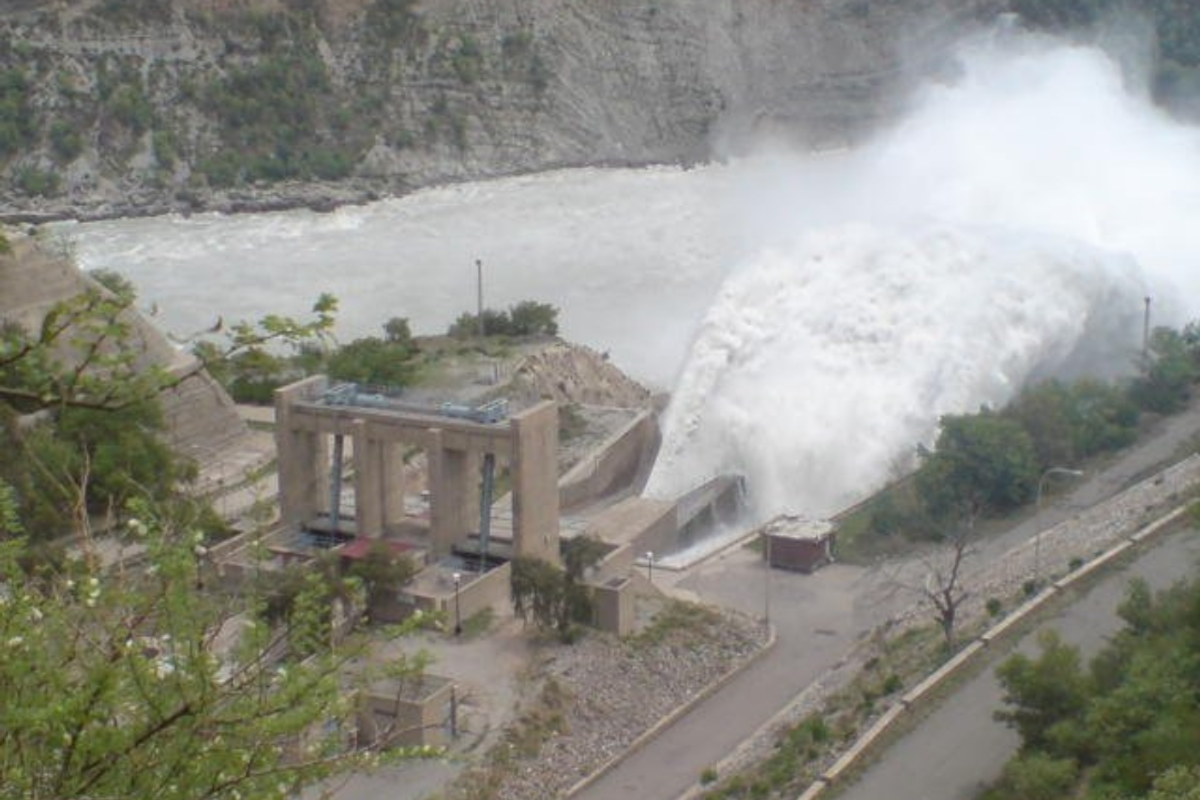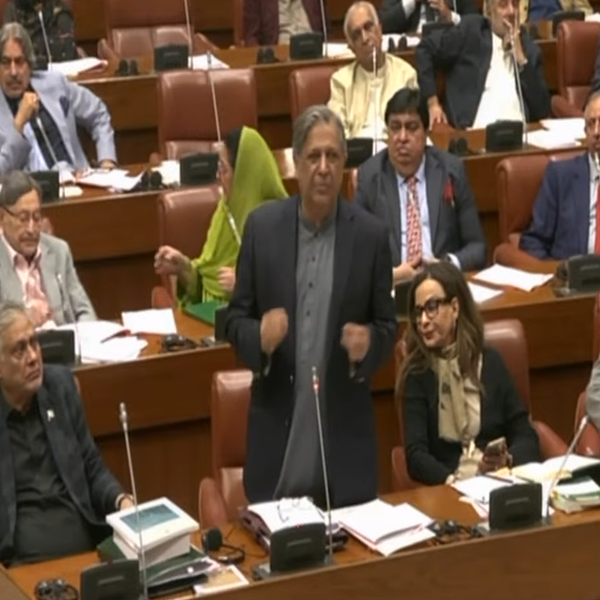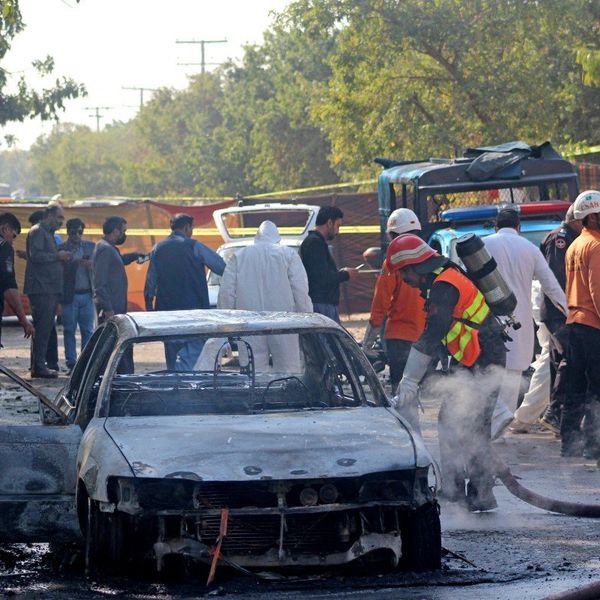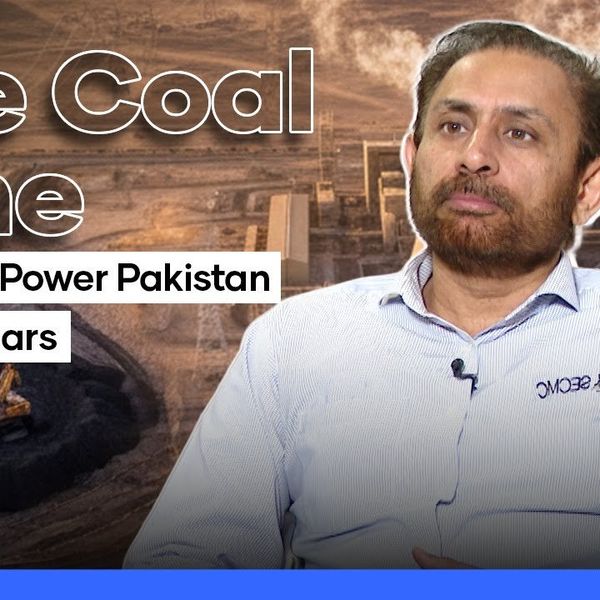Pakistan’s dams, barrages ‘obsolete’, can’t stop floods: report
Report by Yale University says country should restore natural river flows

Hammad Qureshi
Senior Producer / Correspondent
A business journalist with 18 years of experience, holding an MS in Finance from KU and a Google-certified Data Analyst. Expert in producing insightful business news content, combining financial knowledge with data-driven analysis.

WAPDA
Pakistan’s dams, barrages, and embankments were built using flood-risk models that are now “obsolete and meaningless,” according to experts cited in a Yale Environment 360 published at the Yale School of the Environment.
“Pakistan appears bent on seeking expensive loans from international donors to upgrade the existing infrastructure,” said Daanish Mustafa, a geographer at King’s College London, in the Yale interview.
“That might help in the short term. But what is really needed … is to restore natural means of flood amelioration, such as wetlands and river floodplains unencumbered by ever-expanding urban developments. The point is to allow the rivers space to flow. But the present Pakistani engineering establishment is loath to allow this to happen.”
This year’s monsoon floods killed about 1,000 people and displaced 2.5 million, while washing away hundreds of roads, bridges, and defenses along the Indus River. More than 4,000 villages were inundated. Scientists say the destruction is being fueled by climate change, including cloudbursts from warming air and glacial lake outbursts triggered by extreme heat.
Meanwhile, Pakistan and other nations plan to use the upcoming Belém climate summit in Brazil to press for a “loss and damage” fund that could compensate them for disasters. The fund was formally launched two years ago with pledges of nearly $1 billion — less than a tenth of the cost of Pakistan’s 2022 floods — but so far, less than half the pledges have materialized, and not a single payout has been made.










Comments
See what people are discussing